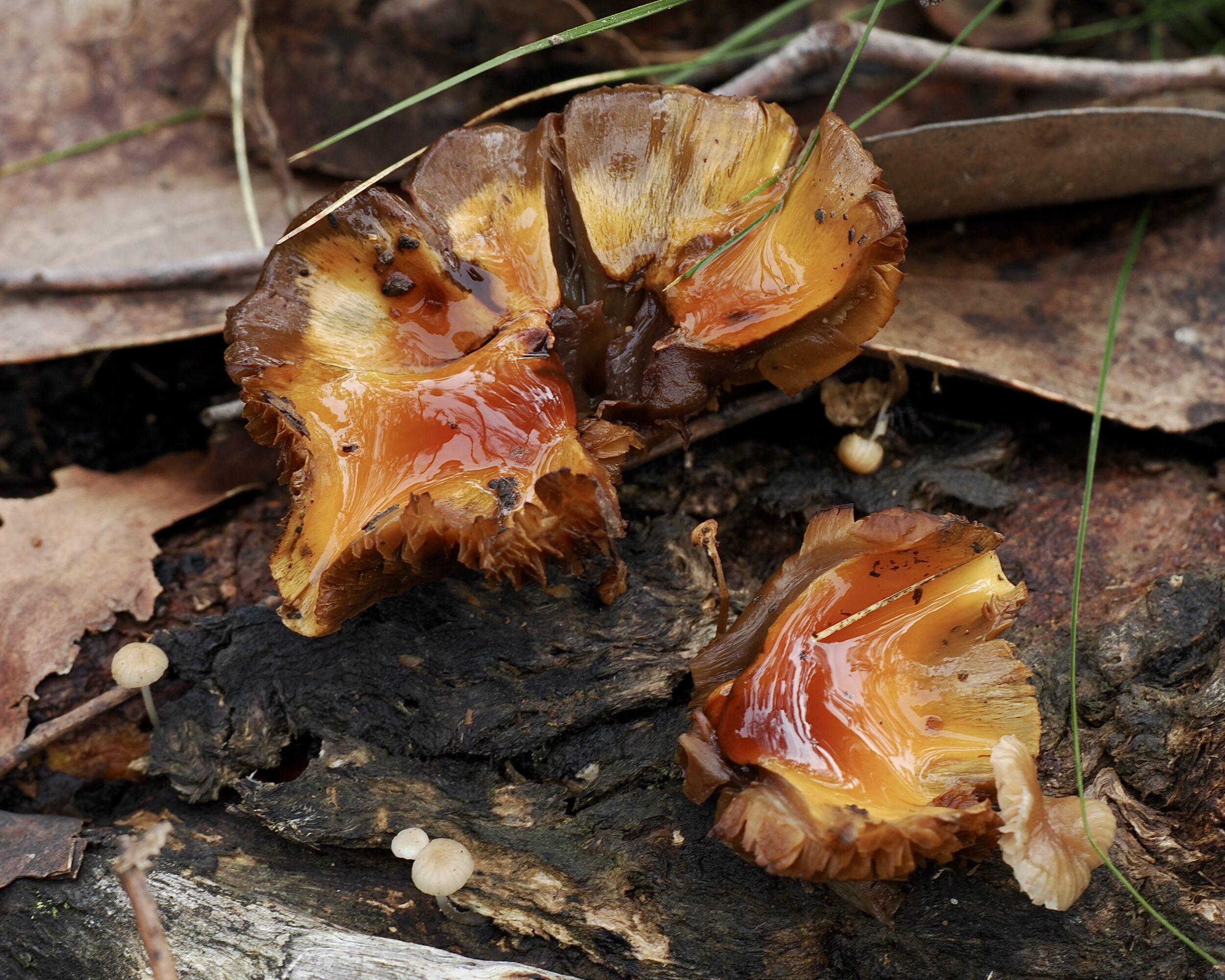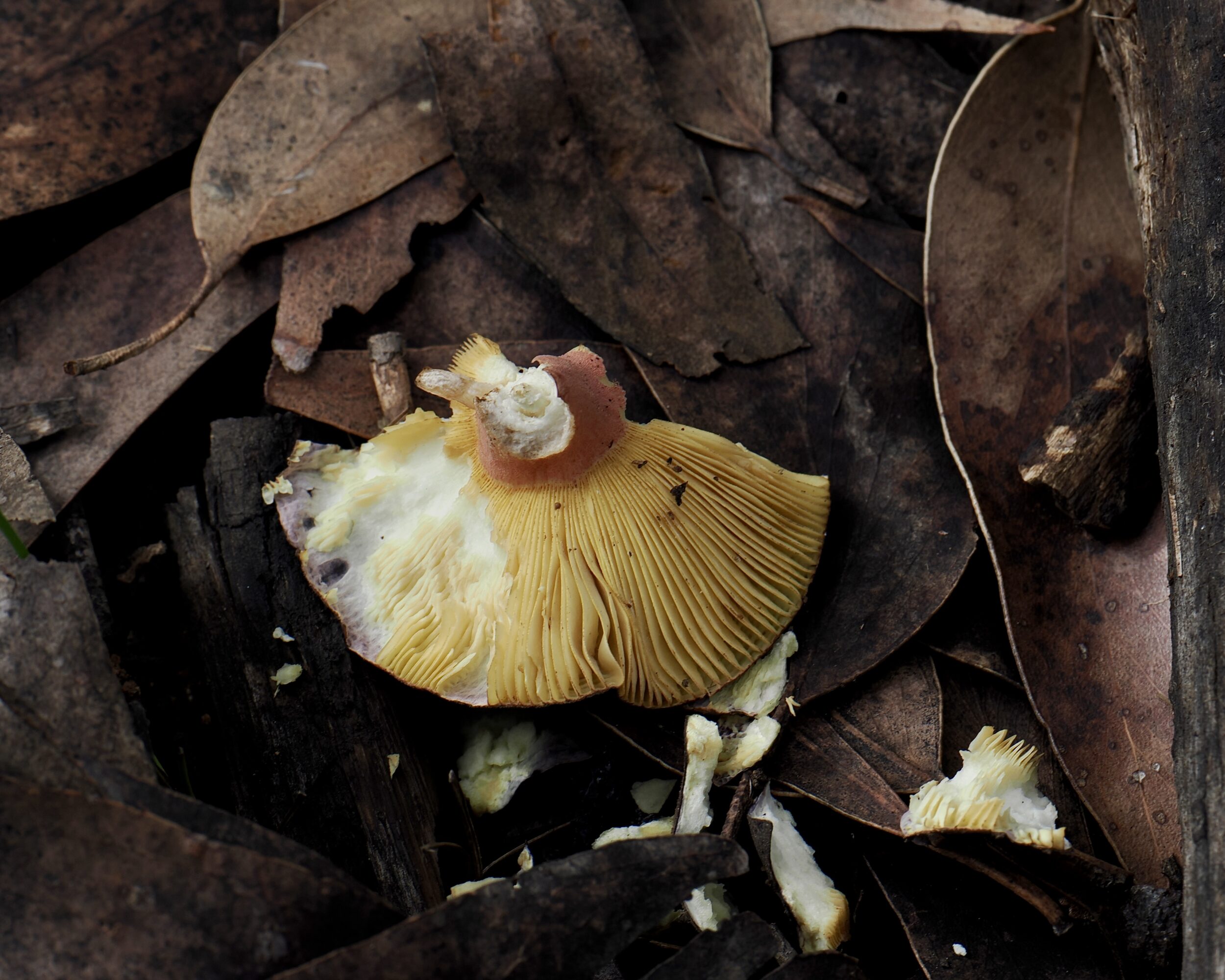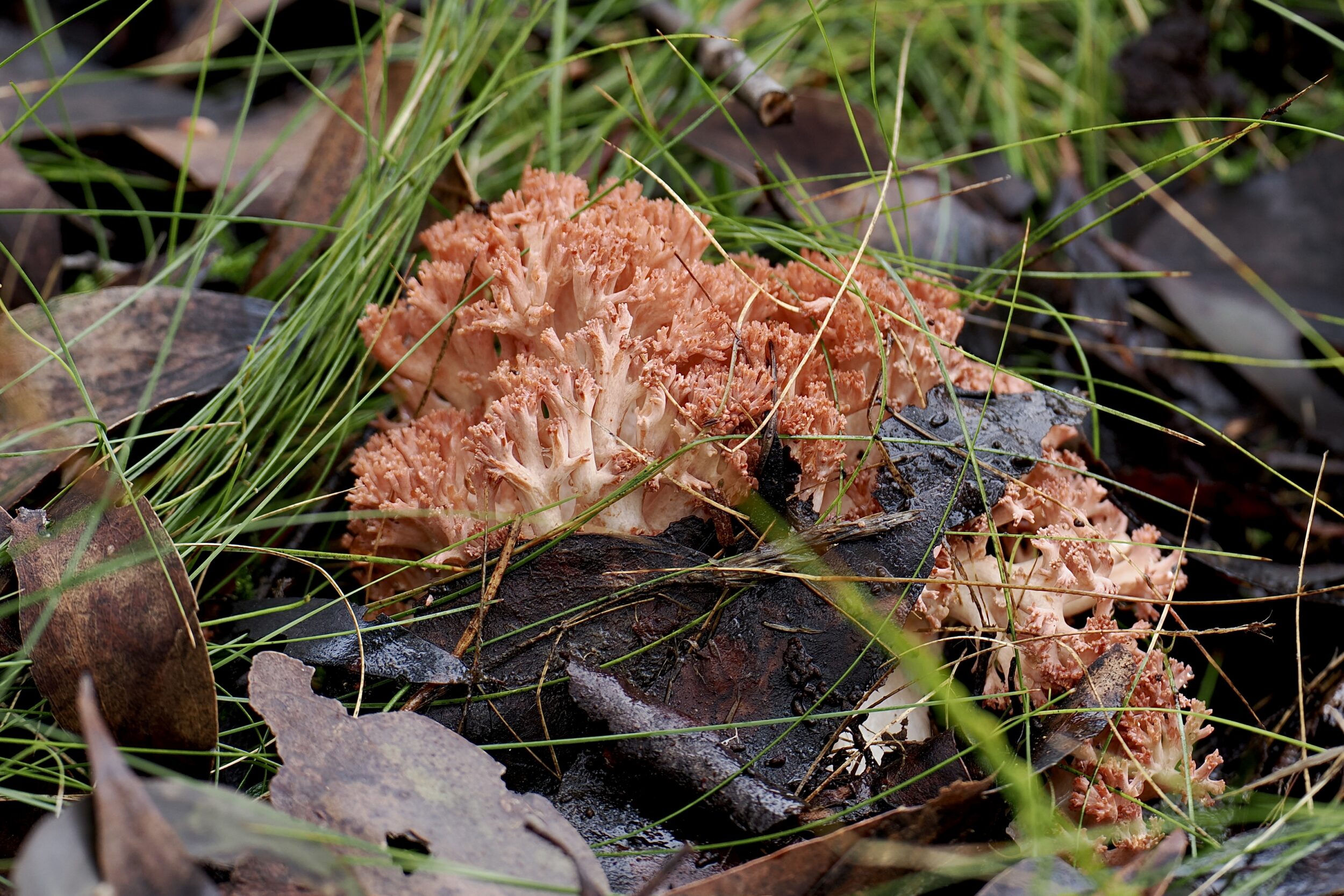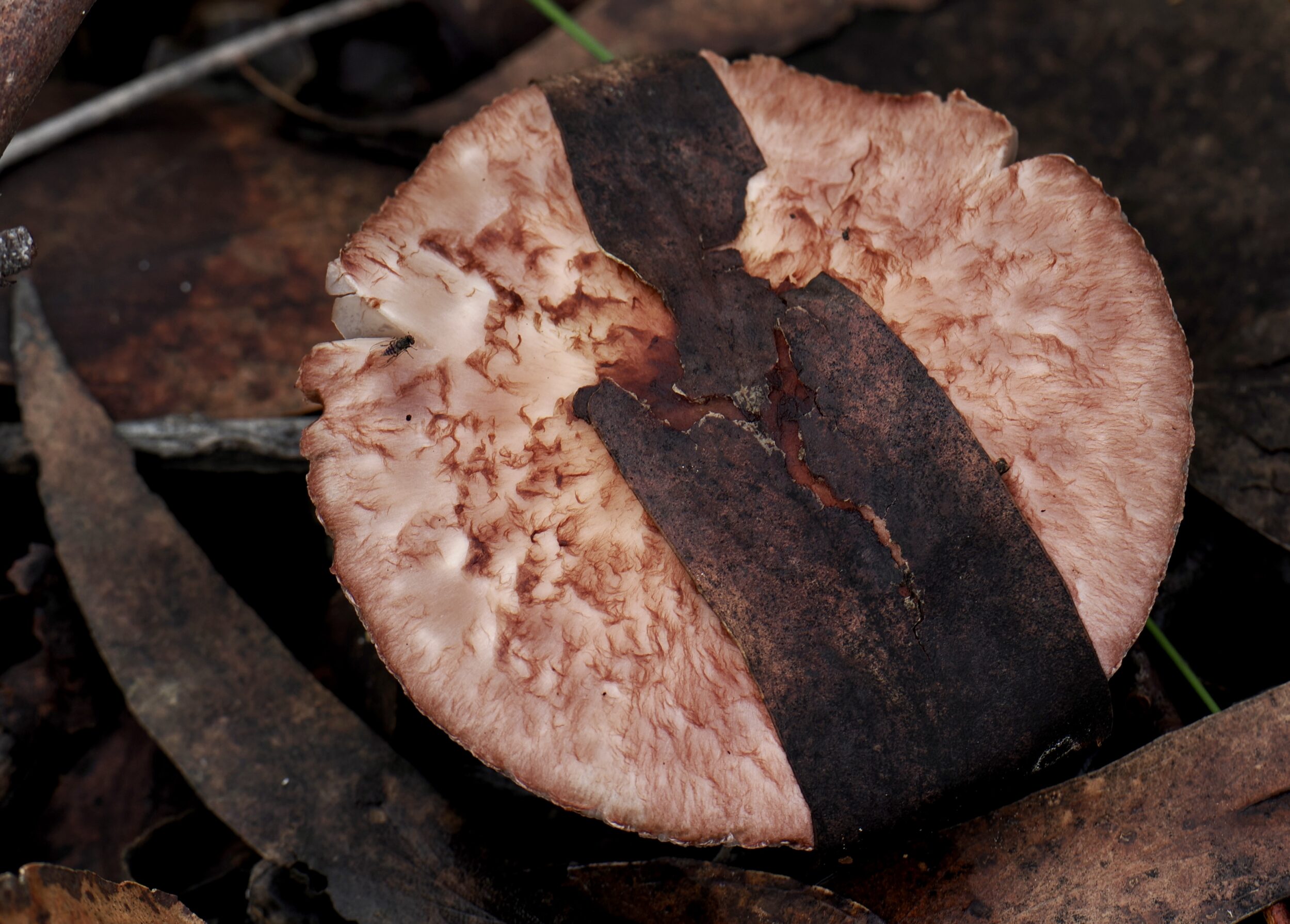The featured image was taken at 1.05 pm on 20 June 2023, in the final 15 minutes of a walk in Deep Creek National Park’s old growth stringybark forest.
This particular coral fungus fruiting body (and its particular positioning, midst leaf-litter – it was another “pushy bastard”/ “remover of obstacles”… or, in its case, an uplifter of them) was especially beautiful, I thought…and still do.
Comments closed








